Streaming started as a dream come true: endless shows, anytime we wanted, with entire seasons dropping at once.
It felt revolutionary — no waiting, no commercials (for the most part), just pure, uninterrupted entertainment.
But fast forward to today, and that once-exciting binge culture is starting to wear thin.
These days, a streaming marathon doesn’t feel quite as satisfying; instead, it leaves many of us feeling drained, detached, and oddly empty.
Welcome to the digital binge hangover.
The High of Binge-Watching — And Why It Fizzles So Quickly
Binge-watching used to be thrilling.
Back in the day, watching an entire season of Orange is the New Black or Stranger Things felt like striking gold.
You’d lose yourself for hours, maybe even an entire weekend, living and breathing that show.
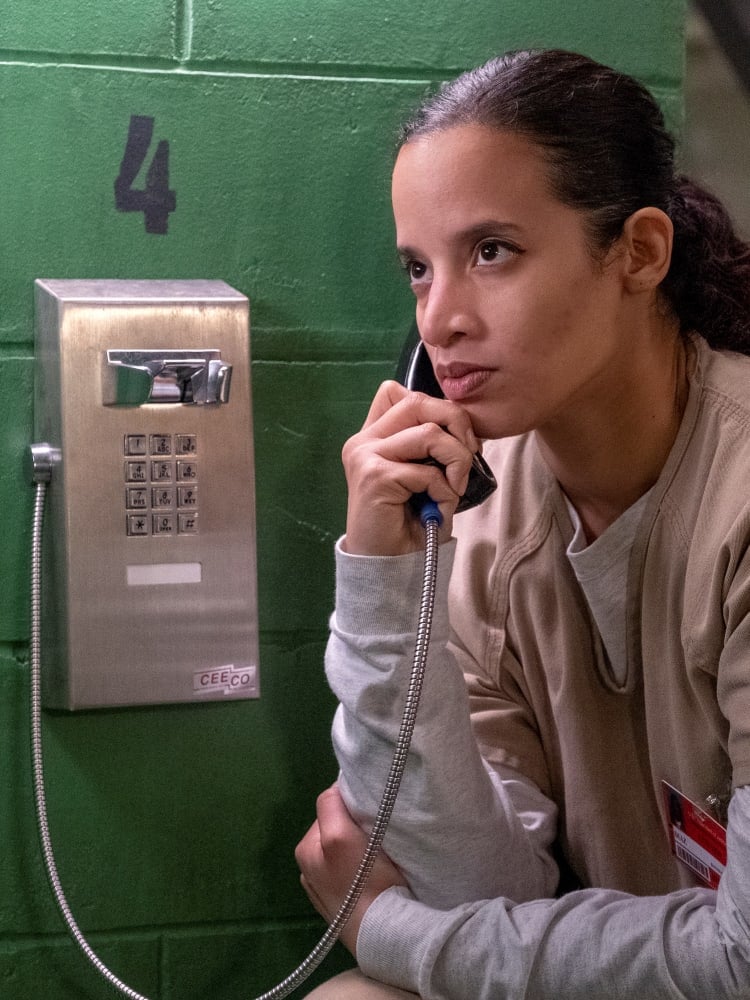
But here’s the catch: once the last episode ended, that initial thrill faded fast, leaving us scrambling for the next series to binge.
We went from savoring each episode like a fine wine to chugging content like cheap beer.
Sure, watching an entire season in one sitting offers instant gratification, but it also pulls us away from what made TV such a powerful medium in the first place: a slow-burn investment in characters and storylines that unfold over time.
It’s that anticipation between episodes that adds to the magic, giving us time to let scenes sink in, speculate about what’s next, and actually look forward to the next installment.
With binge culture, once it’s over, it’s over — you’re on to the next show with no time to connect or reflect.
Shows with just six or ten episodes a season, like Slow Horses (one of my current favorites), are exciting but fleeting.
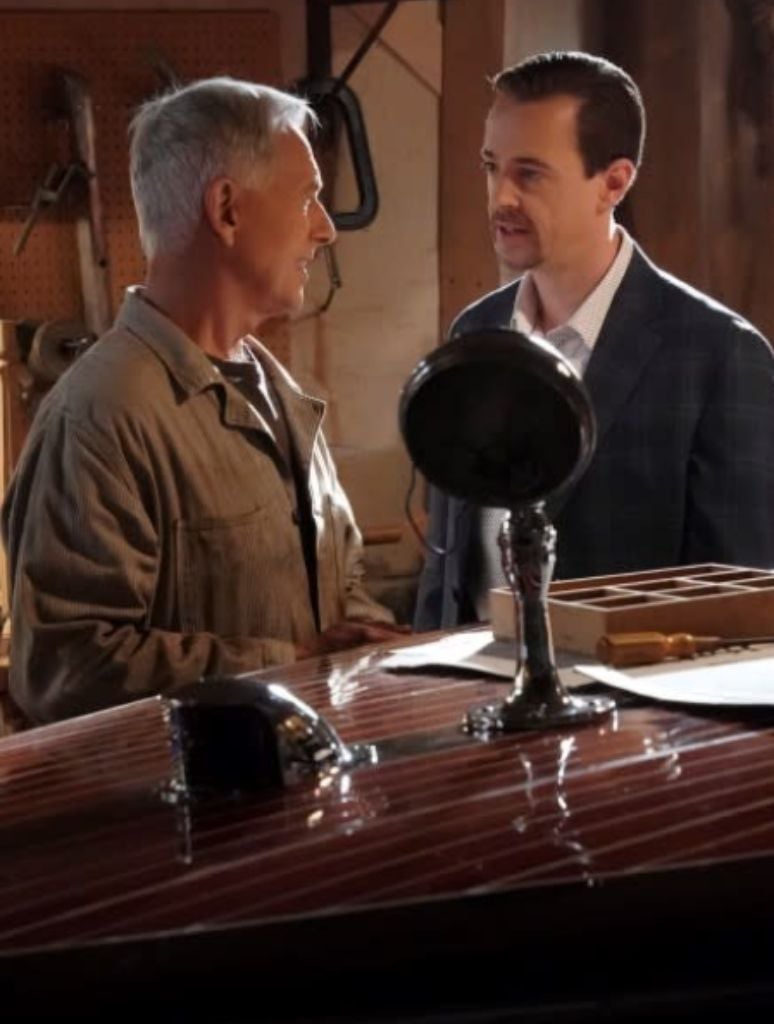
Following a typical novel structure, each season is paced for a quick punch, not a deep dive.
These shows can be thrilling as hell, but they’re missing that depth of character development you get from long-running series.
There’s no space to get attached (even though you sometimes do, you’re left wanting more).
And there is no room for the kind of slow-burn arcs that make characters like Gibbs from NCIS or Olivia Benson from Law & Order: SVU so memorable.
You’re in, you’re out, and the connection doesn’t have time to form.

Take a show like The Blacklist.
With hundreds of episodes, fans can binge it on streaming, but they also had the option of following it week by week as it aired, theorizing, savoring, and letting the story breathe.
Fans could talk for days (and still do) about Elizabeth Keen, Tom’s untimely departure (yes, I’m still bitter!), or revel in one of Red’s countless stories.
Watching something like Supernatural, ER, or 7th Heaven over the years made us feel connected to those characters, watching them evolve and grow season after season.
A weekly release schedule created a ritual — a slow investment that allowed us to really connect with the characters and become attached.
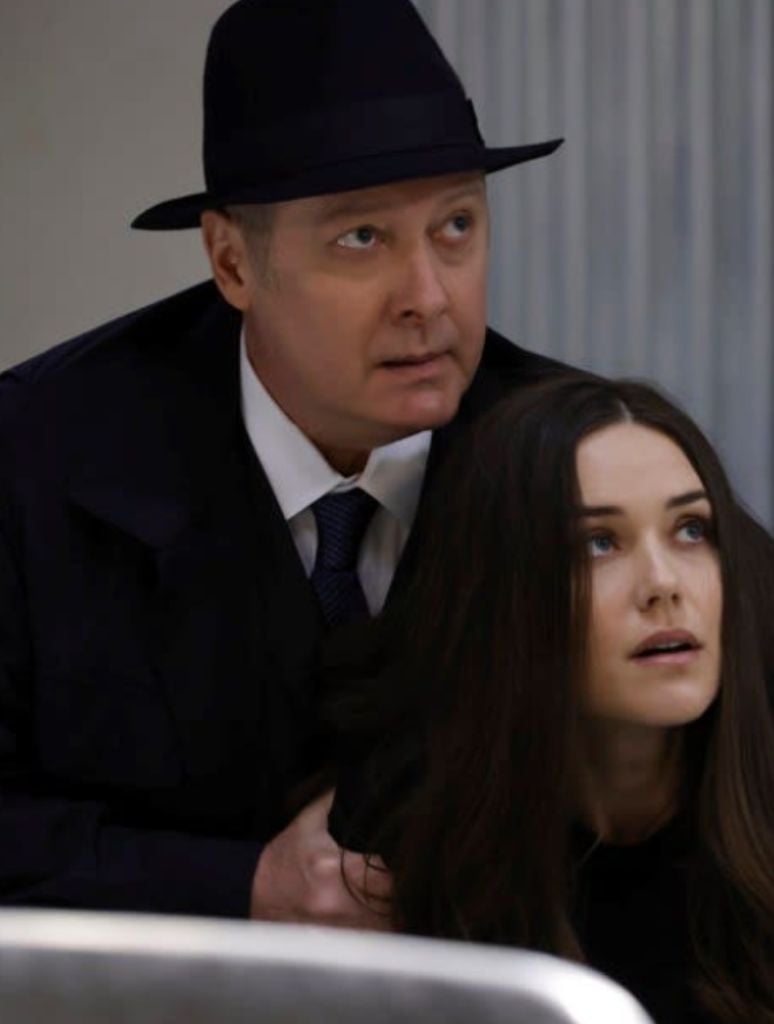
Now, we’re at a point where “one-and-done” shows rule the platform. They hook you in quickly but let go just as fast, offering no lasting impact.
It’s like the TV equivalent of fast food: satisfying in the moment, but you’re hungry again an hour later.
The Binge Burnout Effect
Streaming platforms constantly release new content, and the sheer volume has us jumping from one series to the next without a break.
Instead of excitement, it’s starting to feel like a never-ending marathon, with the pressure to “keep up” and stay relevant.
It’s exhausting to the point of burnout.
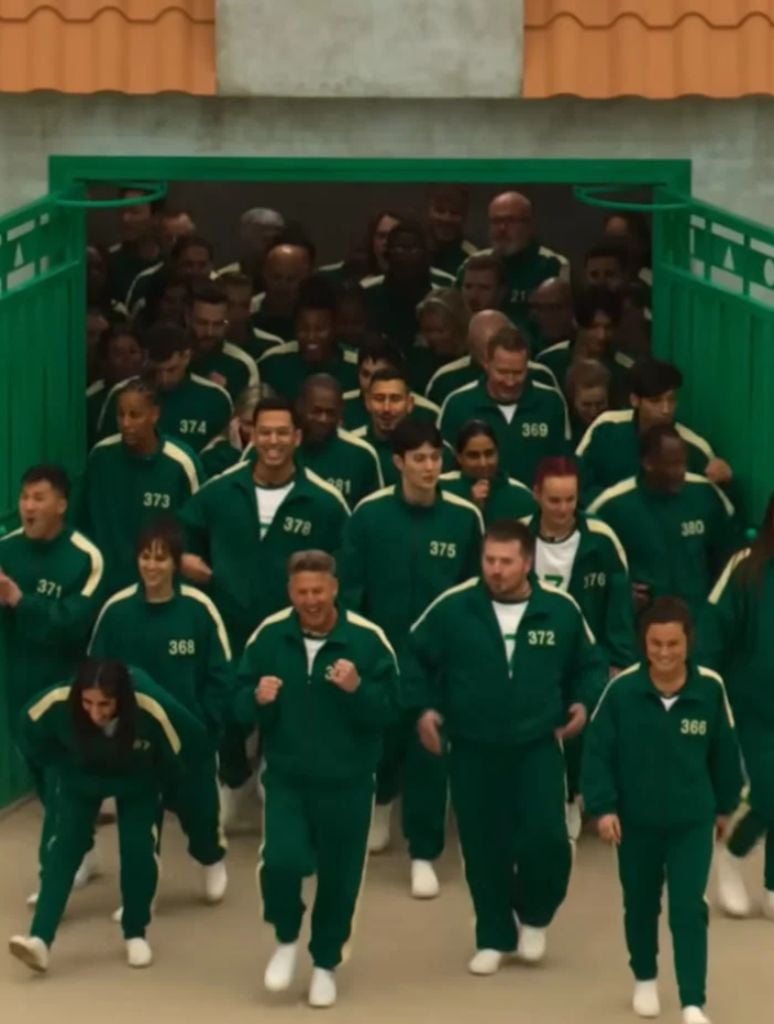
We’re so busy finishing the next show that we’re not really absorbing or enjoying anything — just ticking boxes to say we’ve “seen it all.”
Dropping an entire season at once used to feel like a gift, but now it’s like an obligation.
And when everything’s dropped at once, the hype is intense but short-lived.
Remember when Squid Game took over the world? Everyone watched it within days, talked about it for a week, and then…crickets.
The buzz fizzled as quickly as it began because, in binge culture, there’s no time to let a show breathe, grow, or become a part of the larger cultural conversation.
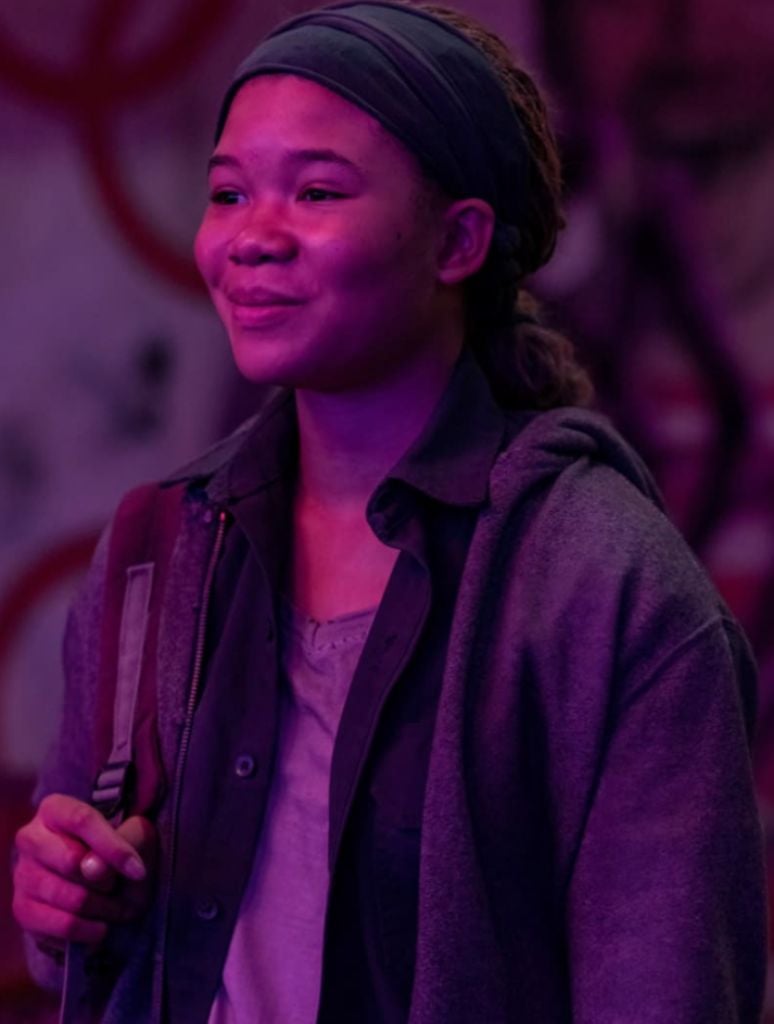
Once you’ve seen it, you’re on to the next thing, and that’s it. Weekly releases, on the other hand, give a series room to grow.
Shows like Yellowjackets or The Last of Us became cultural touchpoints because each episode got its own moment to shine.
A weekly release keeps viewers invested over time, adding that layer of anticipation that builds long-term fan engagement.
Think about the shows we come back to over and over again — shows like Friends, The Office, Buffy the Vampire Slayer, The Sopranos, or The X-Files.
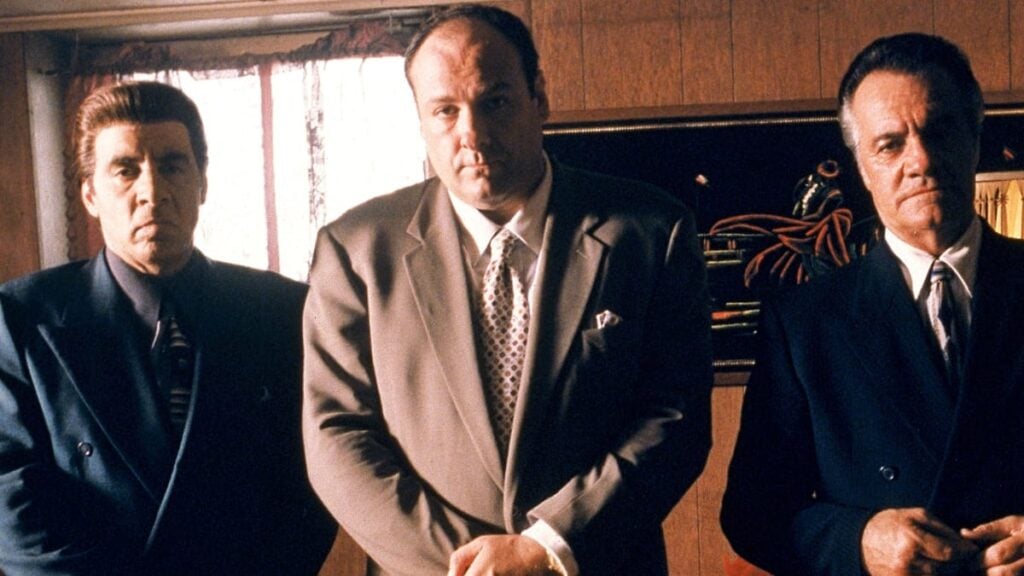
These series are rewatchable because they have layers, depth, and episodes that stand on their own.
They’re easy to rewatch because they never feel rushed. We spent time with these characters, saw them change over the years, and they became familiar.
With binge-only shows, rewatching doesn’t have the same impact because the connection was never as strong to begin with. We flew through the content once, and we’re done.
And rewatching isn’t just about entertainment; it’s about nostalgia and comfort.
Shows with hundreds of episodes or decades of history, like NCIS, Law & Order, or Blue Bloods, give us an anchor in the streaming storm.
They’re like old friends we can revisit, unlike the one-night-stand feel of binge-only shows.
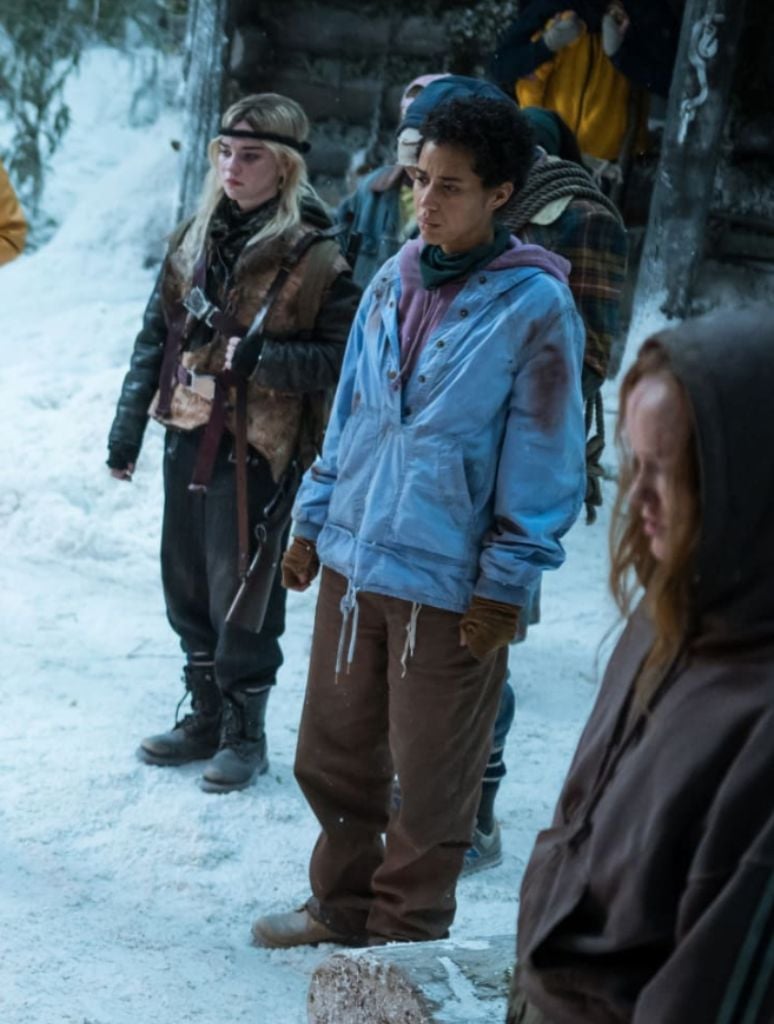
Is Binge Culture Here to Stay?
Streaming companies know that the instant gratification of binge-watching keeps us subscribed and clicking “Next Episode.”
But some platforms are already experimenting with a shift back to weekly releases, realizing that slow-burn anticipation can build a more lasting impact.
Shows like Only Murders in the Building and Silo benefit from this model, where fans gather online (like at TV Fanatic), discuss theories, and bond over the weekly anticipation.
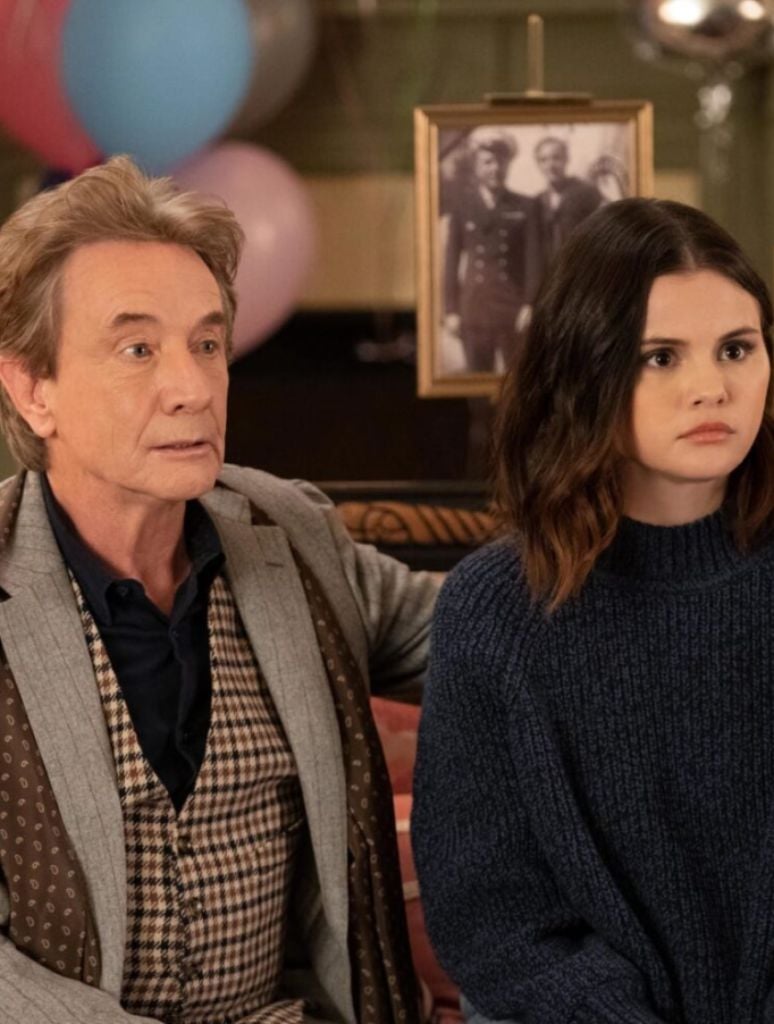
Binge culture isn’t going away completely — it’s too ingrained at this point.
But there’s a growing recognition that maybe we don’t want to watch everything in one sitting, feel that post-binge burnout, and move on to the next big thing right away.
Maybe we miss the days when TV was a slow, consistent journey instead of a sprint.
The streaming binge model was a revelation at first, but it’s taken us from savoring stories to scarfing them down.
We’re left with a cycle of temporary thrills and empty satisfaction, exhausted from trying to keep up.
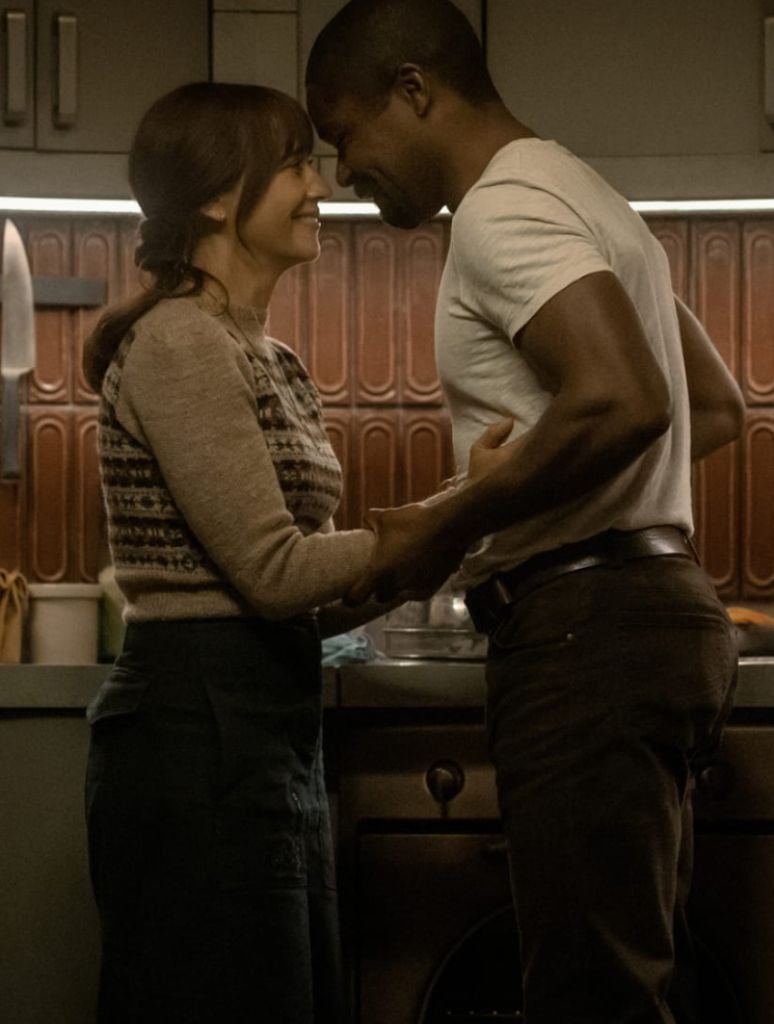
Shows that should be celebrated (like Slow Horses and Shrinking) and remembered are getting lost in the mix, and we’re burning out faster than we can connect.
So here’s to hoping we can find a balance — a way to binge when we want but also rediscover the slow burn that lets us fall in love with stories, characters, and moments all over again.
Because sometimes, less really is more, and the wait makes it all worth it.
Over to you. Has bingeing burned you out, or are you still hooked? Share your thoughts in the comments!
The post The Digital Binge Hangover: Why Streaming Can Leave You Feeling Drained appeared first on TV Fanatic.
Source: TV Fanatic



